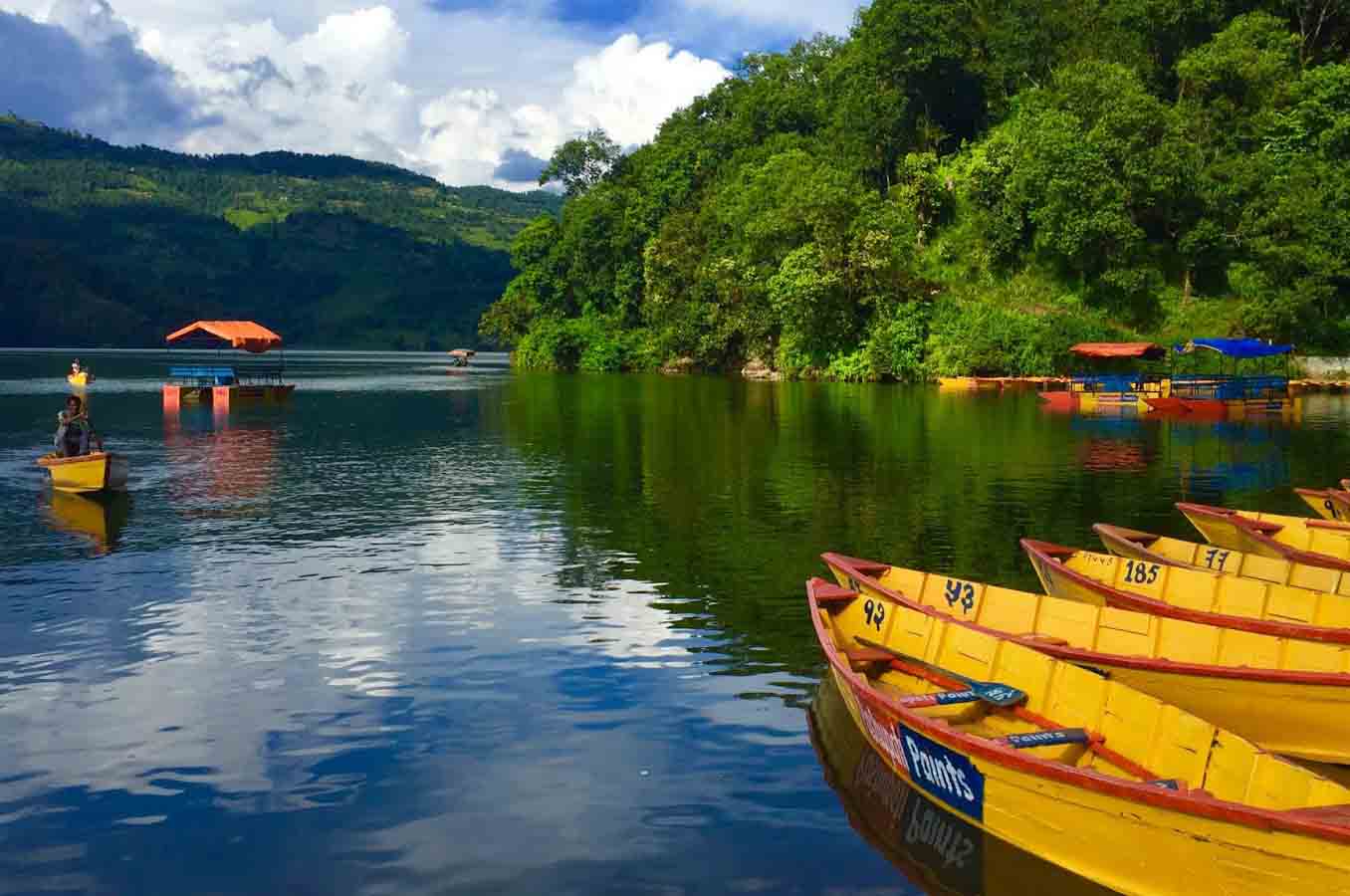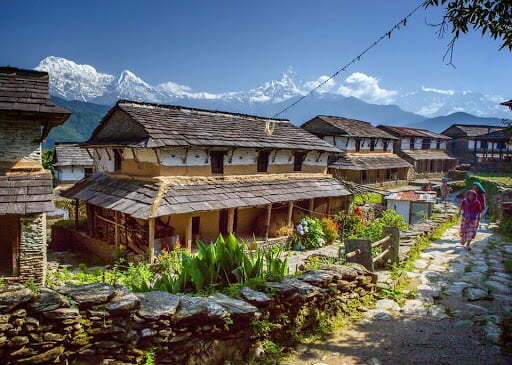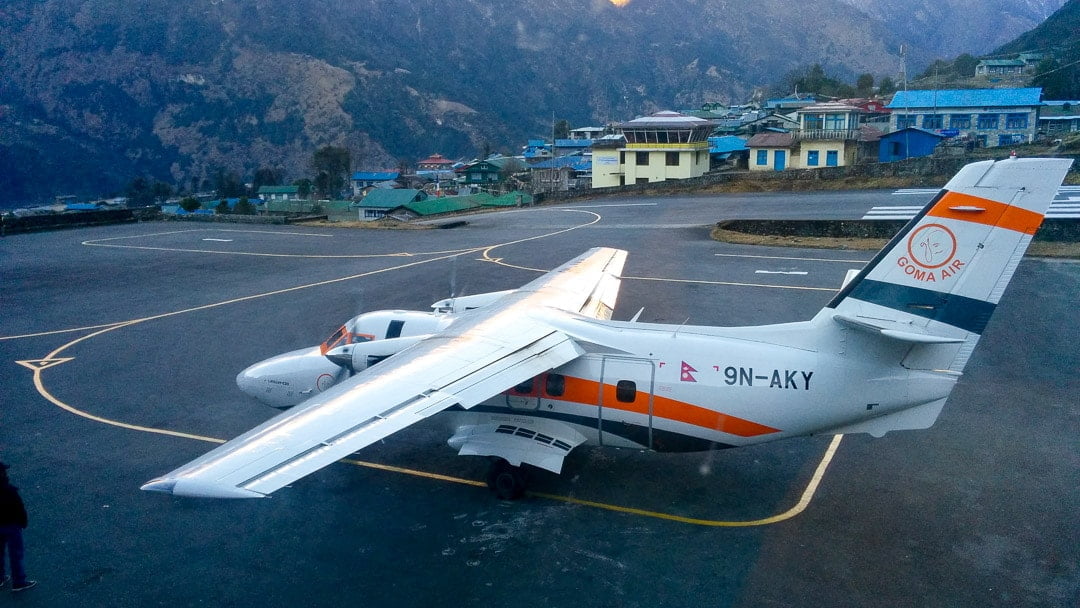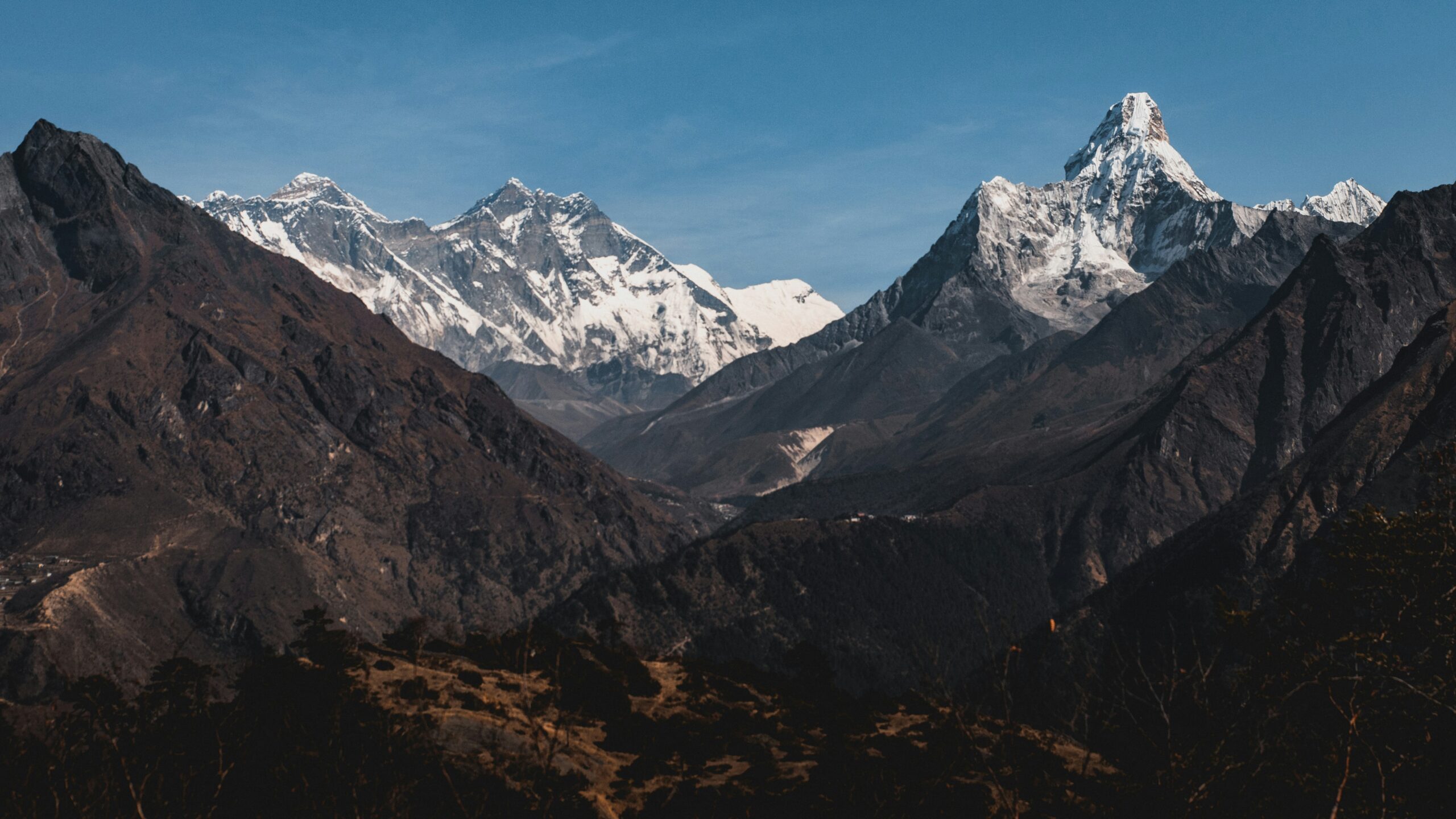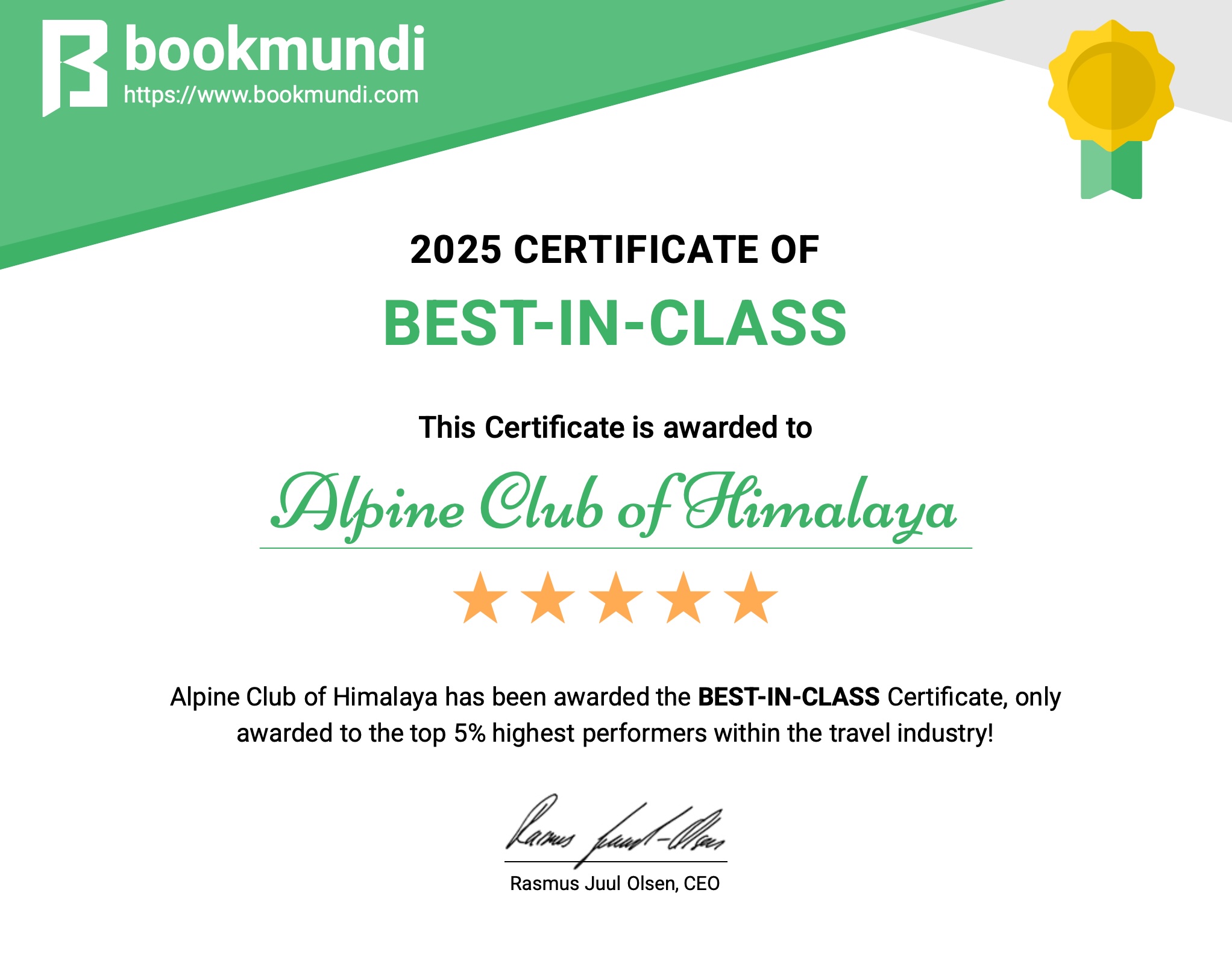Gurung Village trek is a picturesque trek to Siklis, a beautiful largest Gurung village in Nepal ( the second largest being Ghandruk ) located northeast of Pokhara, at an elevation of 1980m/6496ft, in the shadow of Annapurna II and Lamjung Himal carrying its well-preserved example of traditional Gurung culture, lifestyle, and handicraft production. The Gurung Village trek takes us to the rarely visited valley through forests, across rivers, camp near hamlets, and always there are the Annapurnas as a beacon.
The Annapurna Conservation Area Project (ACAP) takes responsibility for managing the ecological trek route between Ghalegaun and Siklis. This trek offers a cultural experience in traditional Gurung villages, away from the hustle and bustle of the more popular trails. This traditional Gurung village, away from the tourist trail, offers a cultural experience that many miss on the more popular trails. Here, your presence is honored as much as that of a visiting God.
Trek to Siklis
The historic hill trek to Siklis still retains an aura of old times. Historically, Siklis is renowned as one of the major origin places of the Gurung Community. Here, we find the various ritual practices of Gurungs especially the works of Jhankri (shaman) and Lama (priest), who have important roles in marriage, death, and day-to-day lives. Traditional technologies like alcohol fermentation, weaving clothes and sacks from the wild nettle, weaving various bamboo products, traditional water mills and stone grinders, wooden thrashers, etc are also important features of Siklis. In this region, we spot Nepal’s birds of prey including the 9ft wingspan Lammergeyer. The region is rich in flora and fauna particularly birds and butterflies because of its pristine forested surroundings and the great mountain views that add excitement. We take a route – Pokhara-Birgunj-Ghalegaun-Taratop-Parje-Sikils-Lamakhet-Kalikasthan-Begnas Lake-Pokhara
Meals and drinking water:
Along the Annapurna Region Trek, you’ll be provided with various Nepali, Tibetan ethnic cuisines and varieties of continental as well as western meals. The local inhabitants run a number of tea-houses along the trail, offering basic to luxury facilities. These tea-houses provide trekkers with the opportunity to taste various cuisines, a rarity on most Nepali trekking trails.
Annapurna Region is a plastic-free zone and has banned the use of bottled Mineral Water. Trekkers can refill their water bottles with boiling water or cold filtered water from any of the teahouses along the trail. While natural water supplies are accessible from drinking taps all along the route, it’s important to avoid untreated water. Instead, opt for refilling at teahouses to ensure safe drinking water.
If you buy a water purification tablet, chlorine drops or utilize SODIS (sunlight assisted) filtration procedures for further assurance, saving money, and reducing plastic pollution.
Accommodation:
Tourist-friendly hotels, lodges, and local accommodations are available on trekking trails and, providing with basic accommodation to luxury and grandeur ones. The trek offers a variety of accommodations, from luxurious hotels to cozy teahouses, catering to all budgets. You’ll be greeted by comfortable beds with pillows, electric blankets for warmth, and refreshing hot and cold showers. Stay connected with free Wi-Fi, and enjoy the many other amenities these hotels and teahouses have to offer.
Teahouse along Annapurna region provides you with hot shower, western attached bathrooms and the rooms mostly include twin sharing beds as well as a single bed, with hygienic and clean atmosphere, good mattresses, a pillow, and blankets.
Campsites are also available along the trail providing a special opportunity for campers to sleep under the stars.
We will be staying at Alpine Hotel Nepal in Kathmandu, Hotel Splendid View in Pokhara, and teahouses during the trek. All accommodations are on a twin-shared basis. A single supplement will be served on request and will cost an additional USD150. Alpine Club of Himalaya will arrange rooms with attached washrooms. However, teahouses in some places only have shared washing and toilet facilities. Also, note that single rooms are readily available in Kathmandu and the trekking regions at lower elevations but it might be difficult to find them at higher elevations.
Best time to visit?
The best season for trekking in Annapurna Region is during autumn and spring.
The months of September, October, November, March, April, and May are the best time to visit.
During the autumn season, the months of September, October, and November are one of the best times for trekking in this region, as the weather is clear bringing great visibility of the endless mountain ranges and lush green forest with warm temperatures, the nights are clear and is a perfect opportunity for stargazing.
The spring season of March, April, and May is also the best time to visit the Annapurna Region, the end of the winter season brings a change in the region, varieties of colorful blooming trees of the sub-alpine forest, high green pasture lands covered with wildflowers, mild temperatures, and clear weather.
Important Note
Your safety is of paramount importance to us at the Alpine Club of Himalaya. We have the absolute authority to cancel the trip or change the itinerary, when deemed necessary or when we have reason to believe your safety is at stake. Weather conditions, the health condition of a group member, natural disasters, and such, can contribute to changes in the itinerary when traveling in remote mountainous regions. In these extreme situations, we kindly request that you offer your full co-operation to the trusted leader of the group appointed by the Alpine Club of Himalaya. However, we assure you that we will make every effort to keep to the above itinerary.
Overview
Accommodations:
We will be staying at Alpine Hotel Nepal in Kathmandu, Hotel Splendid View in Pokhara, and teahouses during the trek. All accommodations are on a twin-shared basis. A single supplement will be served on request and will cost an additional USD150. Alpine Club of Himalaya will arrange rooms with attached washrooms. However, teahouses in some places only have shared washing and toilet facilities. Also, note that single rooms are readily available in Kathmandu and the trekking regions at lower elevations but it might be difficult to find them at higher elevations.
Meals:
During the Gurung Village Trek, you can enjoy Nepali, Tibetan, Indian as well as more common continental cuisines. Breakfast (only) will be provided during your stay in Kathmandu whereas all meals (breakfast, lunch, and dinner) will be available during the trek and climb. While trekking Gurung Village Trek, breakfast will be taken in the same place we stay the night. Similar arrangements can also be arranged for dinner. Lunch will be taken en route to the next destination. During the climbing session, hygienic and freshly-cooked food will be provided. There will also be welcome and farewell dinners in Kathmandu.

